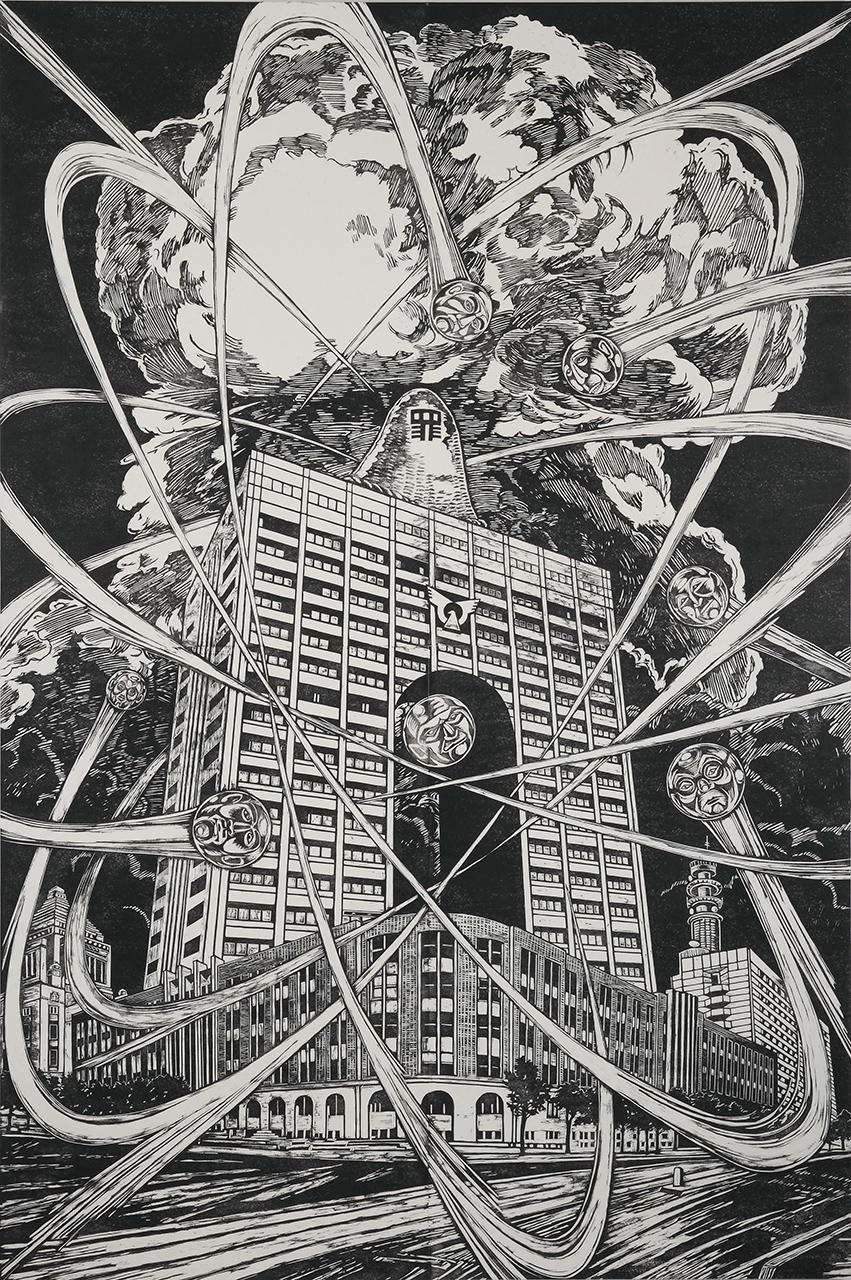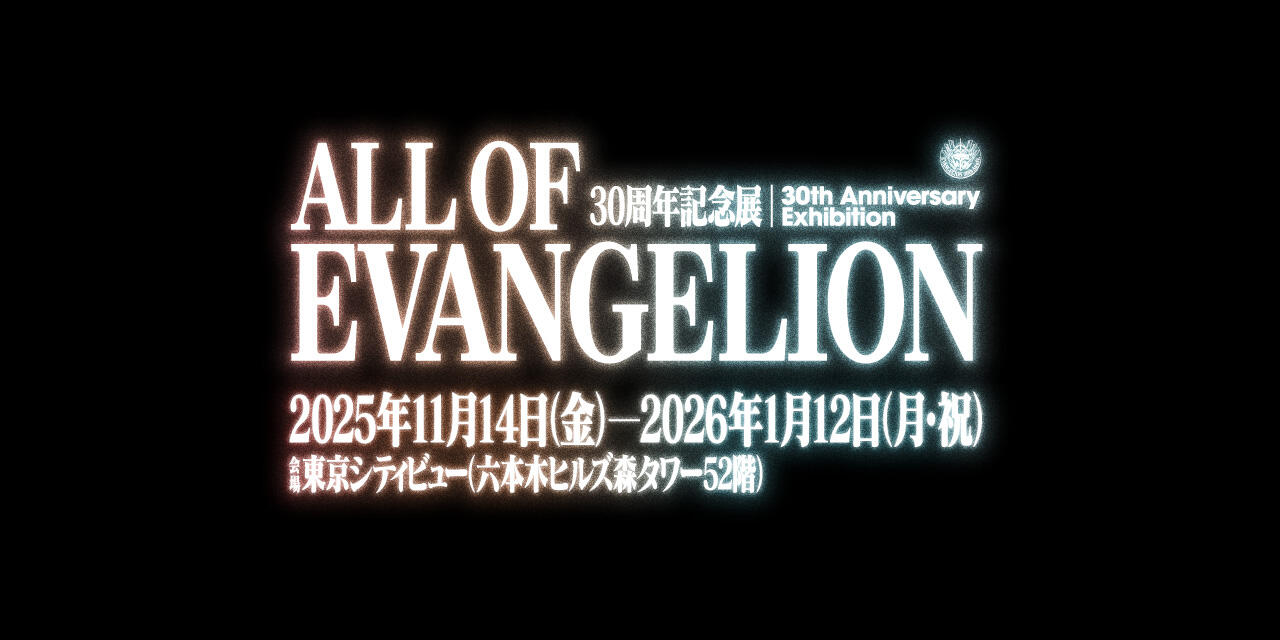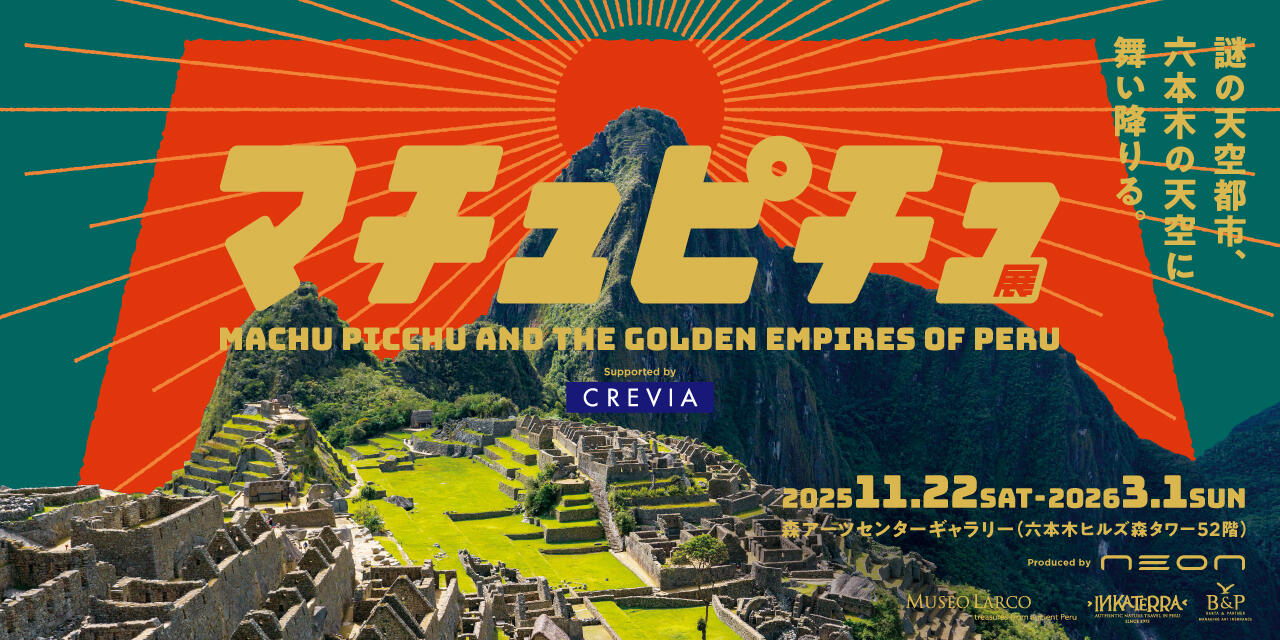Prison NUKE FISSION 235
| Artist | : | Kazama Sachiko (1972-) |
|---|---|---|
| Nationality | : | Japan |
| Year | : | 2012 |
| Material | : | Woodcut print (sumi ink, Japanese paper, panel) |
| Size | : | 181 x 120 cm |
From public projects to wars and natural disasters, Kazama Sachiko re-examines incidents that have gone down in history from the perspective of the present through a practice that centers on woodblock printing. Initially drawn to topical themes like human views on life and death, consumer society, the vision of Japan as an entirely middle-class nation, and the myth of economic growth, she gradually began to confront the realities of the past that are hard to face. Her interest in prints is heavily influenced by the sosaku-hanga woodblock artists from the 1910s to 1930s like Onchi Koshiro and Fujimaki Yoshio, and German expressionists like Ernst Ludwig Kirchner. Notwithstanding their frequently heavy and big themes, Kazama’s works have a manga-esque and comical quality, pulling the viewer in and illuminating the critical analysis and irony while the details are absorbed. Her recent solo exhibitions include Tokyo Contemporary Art Award 2019–2021 Exhibition: Kazama Sachiko, Magic Mountain (Museum of Contemporary Art Tokyo, 2021, with Shitamichi Motoyuki) and Dyslympian (MUJIN-TO Production, Tokyo, 2021), while her group exhibitions include FEMINISMS (21st Century Museum of Contemporary Art, Kanazawa, Japan, 2021) and the Reborn-Art Festival 2021–22: Altruism and Fluidity (Ishinomaki, Miyagi, Japan, 2022).
Created in the wake of the Fukushima Daiichi Nuclear Power Plant meltdown in 2011, Prison NUKE FISSION 235 depicts Prison Su Gamo, a character inspired by the giant antagonist Sunshine from the Kinnikuman manga series, and the headquarters of the Ministry of Economy, Trade and Industry. The work also shows (at the bottom) the headquarters of the Home Ministry, which no longer exists, and (on the left) the National Diet Building and (on the right) the Metropolitan Police Department Headquarters. It features the face of Eisenhower, the United States president closely involved with postwar Japan’s nuclear power policy, on an atomic nucleus, around which are spinning six electrons with the faces of Japanese politicians responsible for introducing nuclear power plants to Japan. The titular 235 is a reference to uranium-235, which was used in the atom bomb dropped on Hiroshima, and the ¥235 million allocated for Japan’s first nuclear power research budget in 1954, while the explosion in the background is the mushroom cloud after the hydrogen bomb test carried out on Bikini Atoll three days before the budget was passed. Kazama’s study and critique of the historical facts we find hard to face is expressed in a way that is full of irony and humor.
-

Kazama SachikoPrison NUKE FISSION 2352012Woodcut print (sumi ink, Japanese paper, panel)181 x 120 cm
Kazama SachikoPrison NUKE FISSION 2352012Woodcut print (sumi ink, Japanese paper, panel)181 x 120 cm
Prison NUKE FISSION 235
| Artist | : | Kazama Sachiko (1972-) |
|---|---|---|
| Nationality | : | Japan |
| Year | : | 2012 |
| Material | : | Woodcut print (sumi ink, Japanese paper, panel) |
| Size | : | 181 x 120 cm |
From public projects to wars and natural disasters, Kazama Sachiko re-examines incidents that have gone down in history from the perspective of the present through a practice that centers on woodblock printing. Initially drawn to topical themes like human views on life and death, consumer society, the vision of Japan as an entirely middle-class nation, and the myth of economic growth, she gradually began to confront the realities of the past that are hard to face. Her interest in prints is heavily influenced by the sosaku-hanga woodblock artists from the 1910s to 1930s like Onchi Koshiro and Fujimaki Yoshio, and German expressionists like Ernst Ludwig Kirchner. Notwithstanding their frequently heavy and big themes, Kazama’s works have a manga-esque and comical quality, pulling the viewer in and illuminating the critical analysis and irony while the details are absorbed. Her recent solo exhibitions include Tokyo Contemporary Art Award 2019–2021 Exhibition: Kazama Sachiko, Magic Mountain (Museum of Contemporary Art Tokyo, 2021, with Shitamichi Motoyuki) and Dyslympian (MUJIN-TO Production, Tokyo, 2021), while her group exhibitions include FEMINISMS (21st Century Museum of Contemporary Art, Kanazawa, Japan, 2021) and the Reborn-Art Festival 2021–22: Altruism and Fluidity (Ishinomaki, Miyagi, Japan, 2022).
Created in the wake of the Fukushima Daiichi Nuclear Power Plant meltdown in 2011, Prison NUKE FISSION 235 depicts Prison Su Gamo, a character inspired by the giant antagonist Sunshine from the Kinnikuman manga series, and the headquarters of the Ministry of Economy, Trade and Industry. The work also shows (at the bottom) the headquarters of the Home Ministry, which no longer exists, and (on the left) the National Diet Building and (on the right) the Metropolitan Police Department Headquarters. It features the face of Eisenhower, the United States president closely involved with postwar Japan’s nuclear power policy, on an atomic nucleus, around which are spinning six electrons with the faces of Japanese politicians responsible for introducing nuclear power plants to Japan. The titular 235 is a reference to uranium-235, which was used in the atom bomb dropped on Hiroshima, and the ¥235 million allocated for Japan’s first nuclear power research budget in 1954, while the explosion in the background is the mushroom cloud after the hydrogen bomb test carried out on Bikini Atoll three days before the budget was passed. Kazama’s study and critique of the historical facts we find hard to face is expressed in a way that is full of irony and humor.




